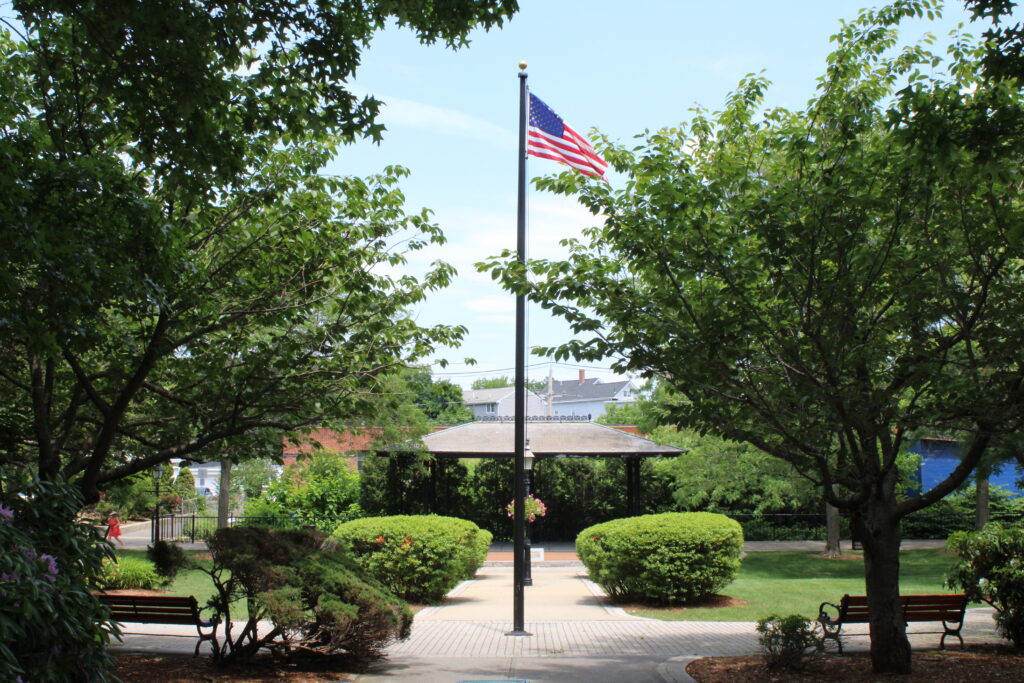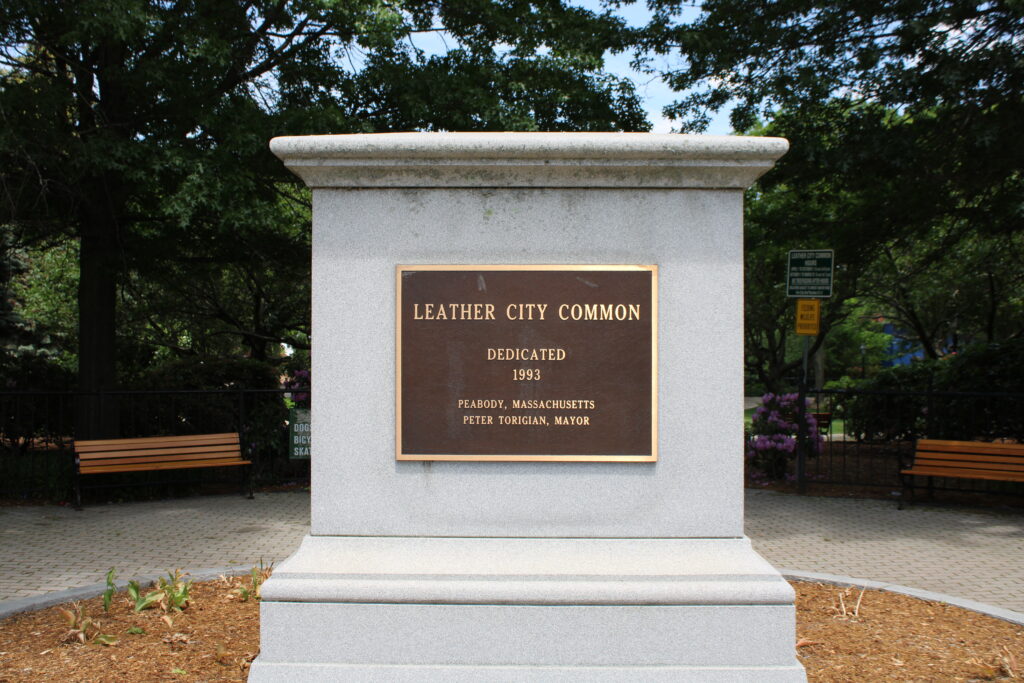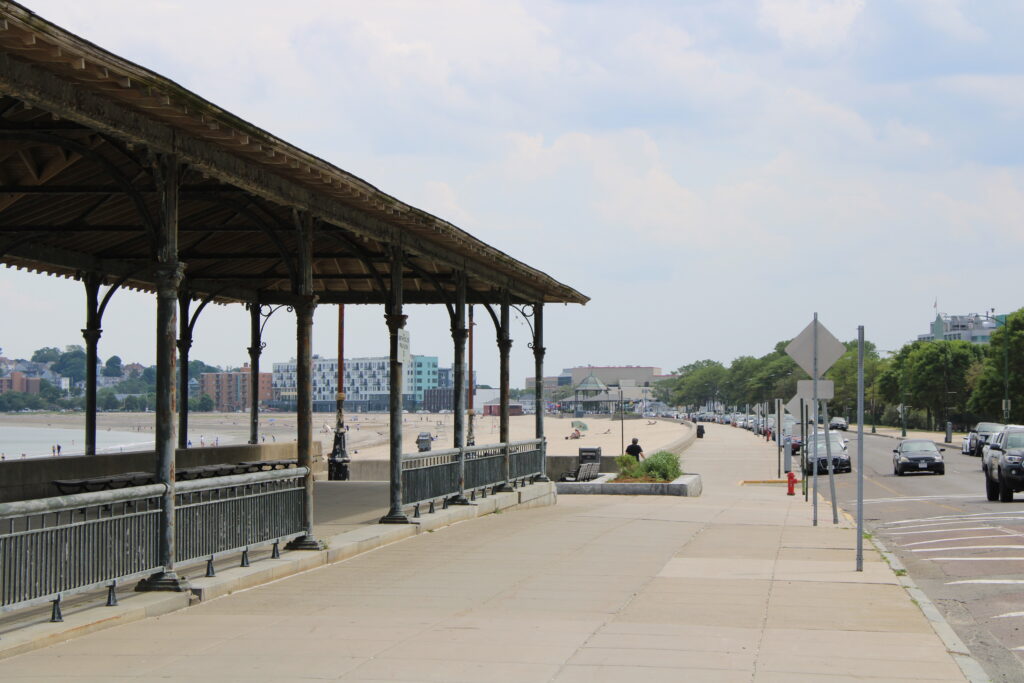Small outdoor drains to prevent flooding
Area drains are small outdoor drains. They differ from catch basins in that they typically have smaller sumps, or lack them completely. They can be on sidewalks, in stairwells, low lying grassy areas, or any other area that tends to collect water. Area drains can be tied into typical larger stormwater drainage systems, or have perforated floors that allow collected water to leech back into the ground.
Why do I need area drain cleaning?
Area drains are typically located outdoors in areas that collect water. As such, they also find themselves susceptible to dirt and other debris. They typically aren’t as prone to collect sand and other dirt that larger catch basins collect, however their nature as smaller units mean that it takes less debris to cause problems.
How we clean area drains
Area drains come in many shapes and sizes, so the techniques for cleaning them can vary on a case-by-case basis. Larger units can potentially be cleaned with traditional clamshell or vactor methods, while some of the smallest units must be cleaned by hand. Units without sumps, and the lines going from units with sumps, are best served by being flushed out with a water jet.
Tips for keeping area drains clear
- Area drains are not trash cans. If you find an area drain in an area that collects dirt, do not sweep dirt into these drains.
- Avoid using mulch and similar landscape material around area drains, as it tends to wash into these units quite easily, and can quickly fill the drain or line and cause problems.
- Remove leaves and other fall debris quickly and regularly throughout the season in order to avoid their washing into area drains and catch basins
- Inspect area drains on a regular basis to ensure that debris has not collected.
- Consider a preventive maintenance plan. By scheduling regular drain check-ups, you can minimize emergency calls.













